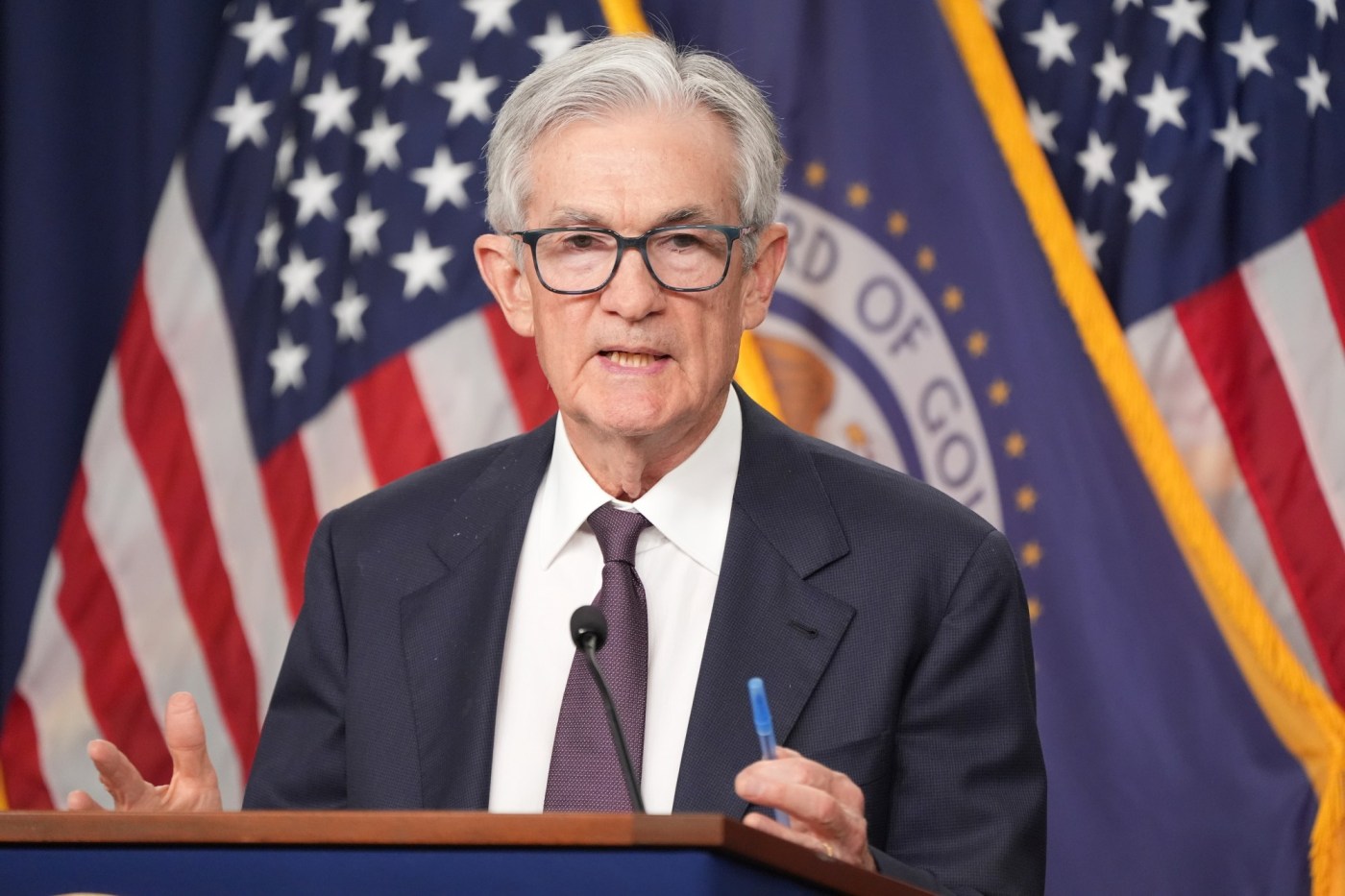The Federal Reserve is poised to implement another rate cut on Wednesday, even in the face of an ongoing government shutdown that has halted the release of key economic data. The meeting of the Federal Open Markets Committee is widely anticipated to conclude with a 0.25 percentage point reduction, aimed at preventing a surge in unemployment.
This decision comes as the Fed grapples with the challenge of balancing its dual mandate of stable prices and maximum employment. The current economic landscape presents conflicting pressures; while reducing rates too quickly could exacerbate inflation, maintaining them at elevated levels risks further weakening the job market.
In a recent address, Jerome Powell, Chair of the Federal Reserve, acknowledged these challenges, stating, “Rising downside risks to employment have shifted our assessment of the balance of risks. There is no risk-free path for policy as we navigate the tension between our employment and inflation goals.”
The Fed’s decision-making process has been complicated by the lack of government economic data, which typically informs policy choices. The only report available since the shutdown began earlier this month was released on Friday, indicating that inflation rose by 3% in September compared to the previous year, marking the fastest annual rate since January. Monthly inflation saw an increase of 0.3%, a figure that was less alarming than economists had anticipated.
Despite inflation remaining above the Fed’s 2% target, analysts suggest that the risks to the labor market will weigh heavily in the Fed’s deliberations. Nancy Vanden Houten, lead U.S. economist at Oxford Economics, noted, “In the absence of most government statistics, the Fed has no basis to conclude that the risks to the labor market have changed.”
Market expectations have already factored in a rate cut, predicting a reduction to a range of 3.75% to 4%. Fed officials appear to agree that the potential for labor market deterioration should take precedence, especially given that the tariffs imposed during the Trump administration have not resulted in the significant price increases that were initially feared.
As the government shutdown extends into a second month, the Fed faces the daunting task of monitoring the labor market without reliable data. Instead of traditional government reports, officials and economists are relying on private indicators like the ADP employment report and corporate earnings to assess economic conditions.
The absence of government data has resulted in the loss of crucial reports, including one on job creation, with the upcoming November figures also expected to be delayed. Current private measures indicate a similar trend to the pre-shutdown government data, showing low job creation and a decline in hiring activity. While the unemployment rate remains historically low, Fed officials are vigilant for signs of increasing layoffs.
Attention will also be focused on how Powell communicates the Fed’s future strategy following the meeting. Investors are betting on another quarter-point cut during the December meeting, as indicated by the CME FedWatch tool. However, as the government shutdown continues and economic data remains scarce, accurately predicting future conditions will become increasingly challenging.
Stephen Kates, a financial analyst at Bankrate, commented, “October’s expected rate cut is the easy call. But as the government shutdown drags on and key economic data remains unavailable, forecasting the conditions of the economy will become increasingly difficult heading into December’s meeting and the release of a new Summary of Economic Projections.”
As the situation evolves, the Federal Reserve’s next steps will be closely monitored, both for their immediate impact on the economy and their implications for the labor market. For updates, contact Austin Denean at [email protected] or visit x.com/austindenean.







